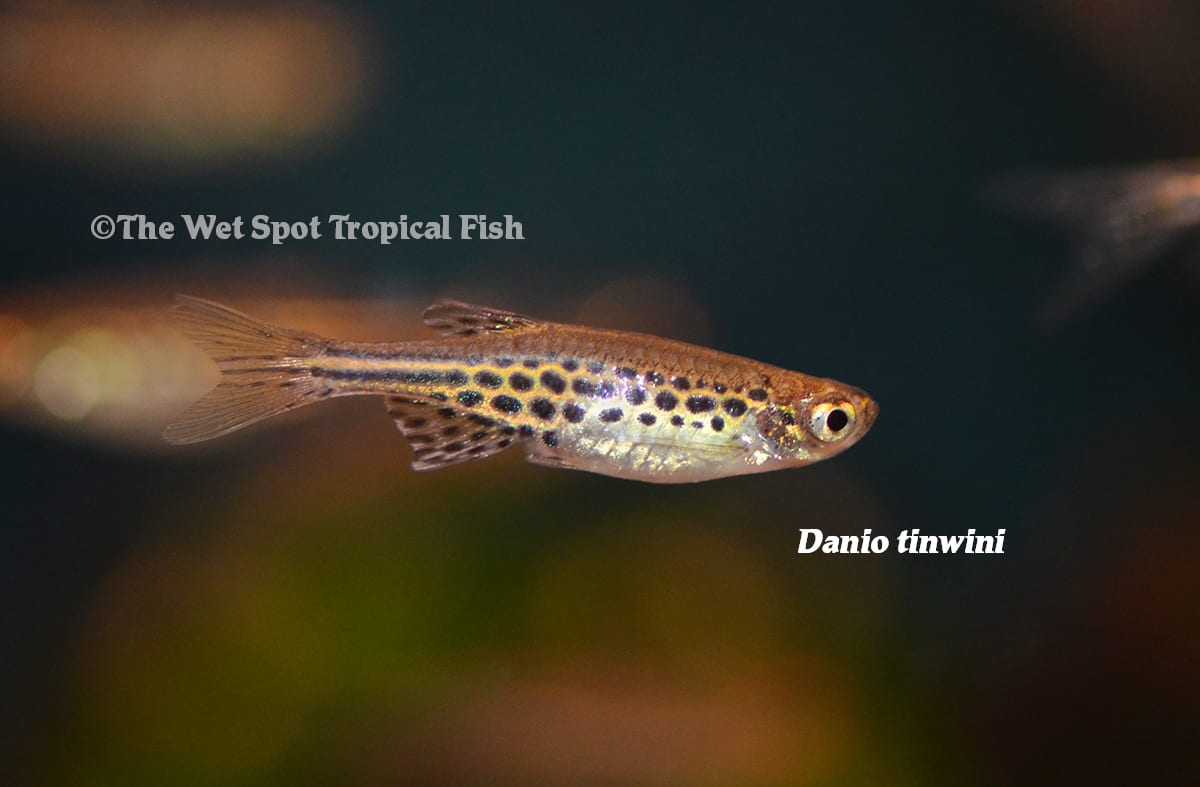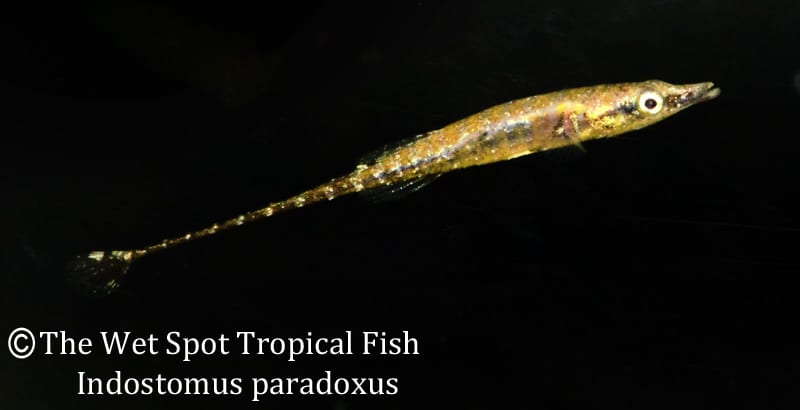Know Your Biotope
Know Your Biotope
It’s no secret in the aquarium hobby that diverse community tanks are the most interesting and fun to manage. Community tanks, however, require loads of research, and fine tuning to make sure all inhabitants can coexist properly and peacefully. One of the best ways to put together a happy group of fish, is to curate a selection that coexist in nature, or originate from the same region. Today we will guide you through the process of putting together a Southeast Asian specific tank including some of the most beautiful and interesting freshwater fish in the hobby. Even more regionally specific, we will focus on fish originating in Myanmar, including Bagrichthys macracanthus, Danio tinwini, Danio cf. kerri, and Indostomus paradoxus.
Scientific NameBagrichthys macracanthus
Common NameBlack Lancer Catfish
Temperature / pH75 to 82°F / 5.5 to 7.0 pH
Native LocationMyanmar
Preferred DietLive and frozen foods
When starting biotope tanks, you must consider competition for resources between species. A great place to start, is to look at which regions the species inhabits, and what times they are active during. Our nocturnal, benthic, bottom dwelling Lamtang and Enim River native is B. macracanthus. Also known as “Black Lancer Catfish”, these night swimmers enjoy warm, turbid waters with muddy substrate, and benthic invertebrate or detritus snacks. In captivity, they require plentiful hiding places made from driftwood tangles, plastic piping, rocks, caves, ceramic pots and low lighting to wait out the day. Emerging from their hidey holes at dark, they munch sinking pellets and live and frozen fare through the night. Reaching up to 9 inches in length, these catfish are pitch black with a thin shiny silver stripe, sail-like fins, and long whiskers. Black Lancers may become territorial and aggressive toward other nocturnal or bottom dwelling fish, and should be kept in groups with a single male and 3 to 4 females. With more than 1 male in a group, tanks should be set up with extra furnishing and hiding places to delineate specific territories. Optimal water conditions include temperatures between 75 and 82°F, with pH of 5.5 to 7.0, and hardness of 18 to 268 ppm.
Scientific NameDanio tinwini
Common NameGold Ring Danio
Temperature / pH64 to 80°F / 6.5 to 7.5 pH
Native LocationMyanmar
Preferred DietSmall invertebrates
Danios are beautiful and very popular peaceful Southeast Asian fish. Small minnow-like cyprinids, these fish are found in large schools with varying colors, patterns and visual characteristics between species. D. tinwini is found Inhabiting slow-moving and well oxygenated waters, these diurnal danios are found in the Northern Myanmar watershed where they cohabitate peacefully with dozens of other freshwater fish species. Exhibiting beautiful black leopard-spots on their sides and fins, these shimmering silver-white Danio fit in any well-developed community tanks without larger predatory individuals. Found slightly South in Tenasserim River drainages of Myanmar, D. kerri are slightly larger, reaching 2.5 inches in length, and exhibit blue bodies with yellow accents and striping. Both Danio species require dark substrate, variably-sized water-worn rocks, dense aquatic vegetation, and tight lids to prevent jump-escapes. In captivity, they can be fed high quality dried product with regular supplementation of live and frozen invertebrates like bloodworm, daphnia, and artemia. Southeast Asian Danio do best in waters with temperatures between 64 and 80°F, with pH of 6.5 to 7.5, and hardness of 18 to 215 ppm.
Scientific NameIndostomus paradoxus
Common NameParadox Toothpick Fish
Temperature / pH71 to 80°F / 6.5 to 7.5 pH
Native LocationMyanmar
Preferred DietSmall invertebrates
No community tank is complete without an oddball. I. paradoxus fits this bill perfectly. More commonly known as the Paradox Toothpick Fish, this species has long pipe-like bodies with spiny fins and long nose-like mouth parts. Found in Northern Myanmar, these fish prefer slow-moving or standing waters with riparian vegetation and leaf litter, black clay substrate, and full green algal blooms. In captivity, they require soft substrate, driftwood roots or branches, plentiful leaf litter, and floating plants. Feeding largely on small aquatic crustaceans and other invertebrates, this specimen shows best personality in groups of 4-6 individuals, though males tend to become territorial, and they are best kept in communities with similarly-sized peaceful species. Optimal water conditions would have temperatures of 71 to 80°F, with pH of 6.5 to 7.5, and hardness of 36 to 215 ppm.
Beginning biotope tanks is an endeavor well worth the effort and research, and can transport you to the region of your choice right in the comfort of your homes.


